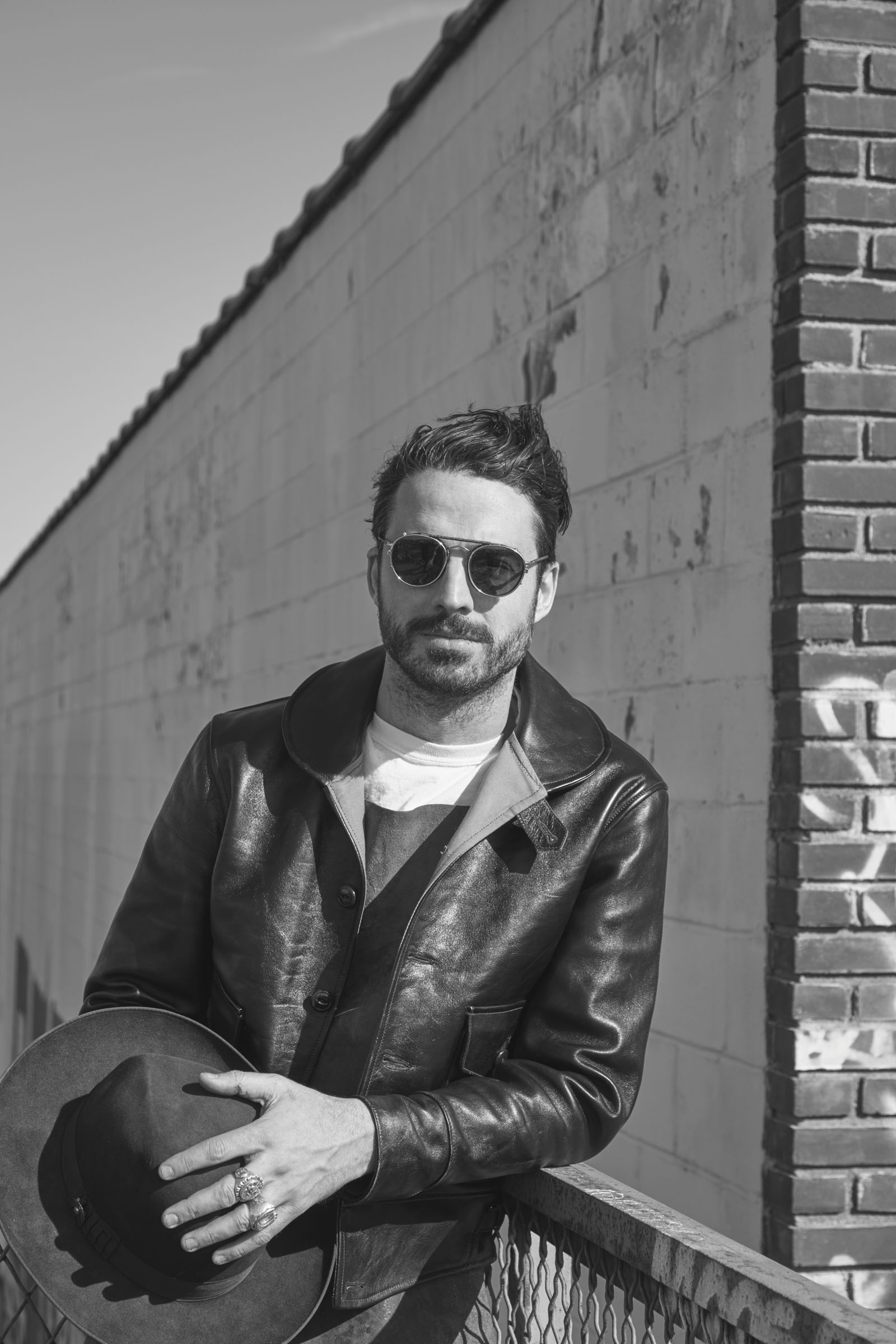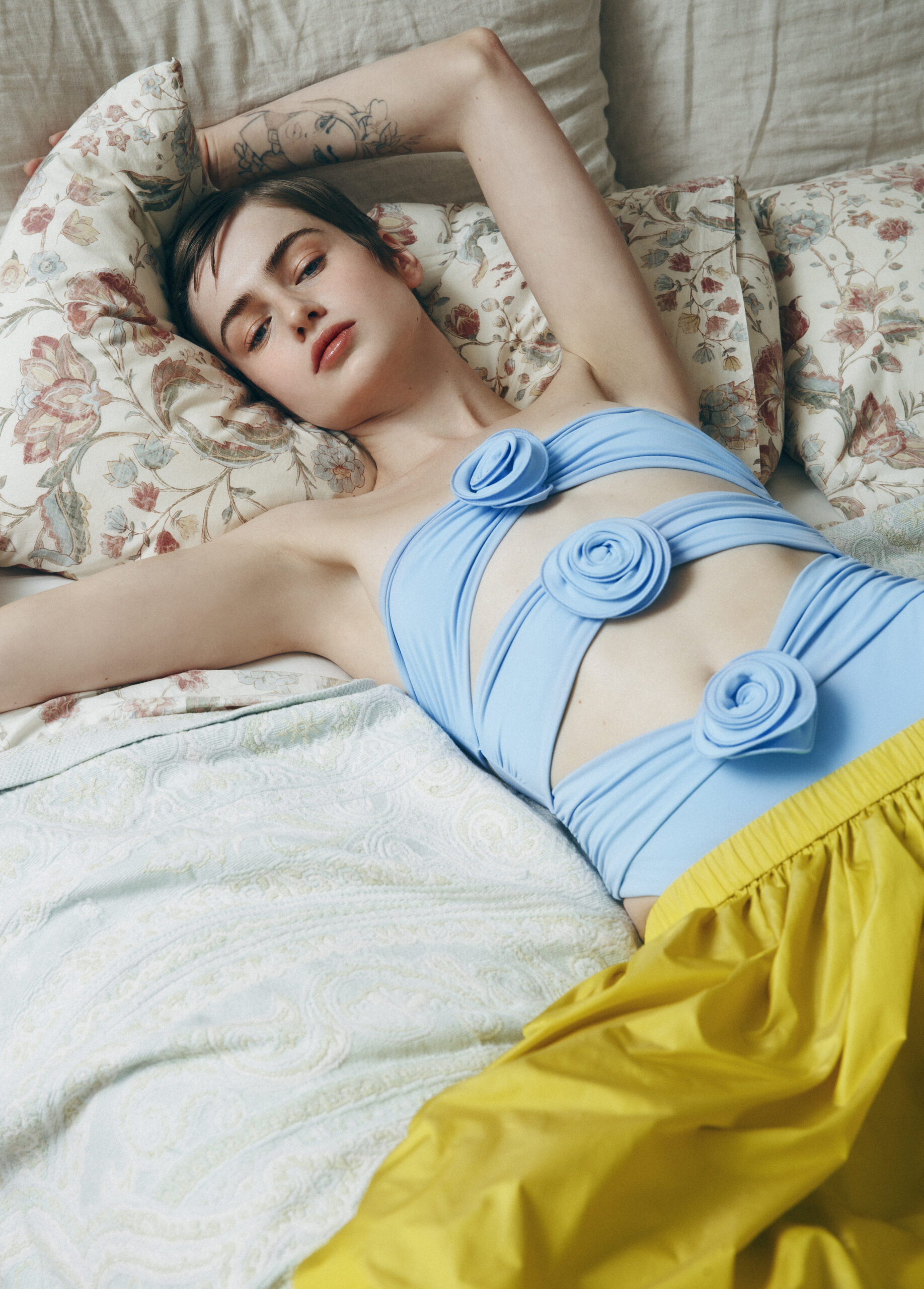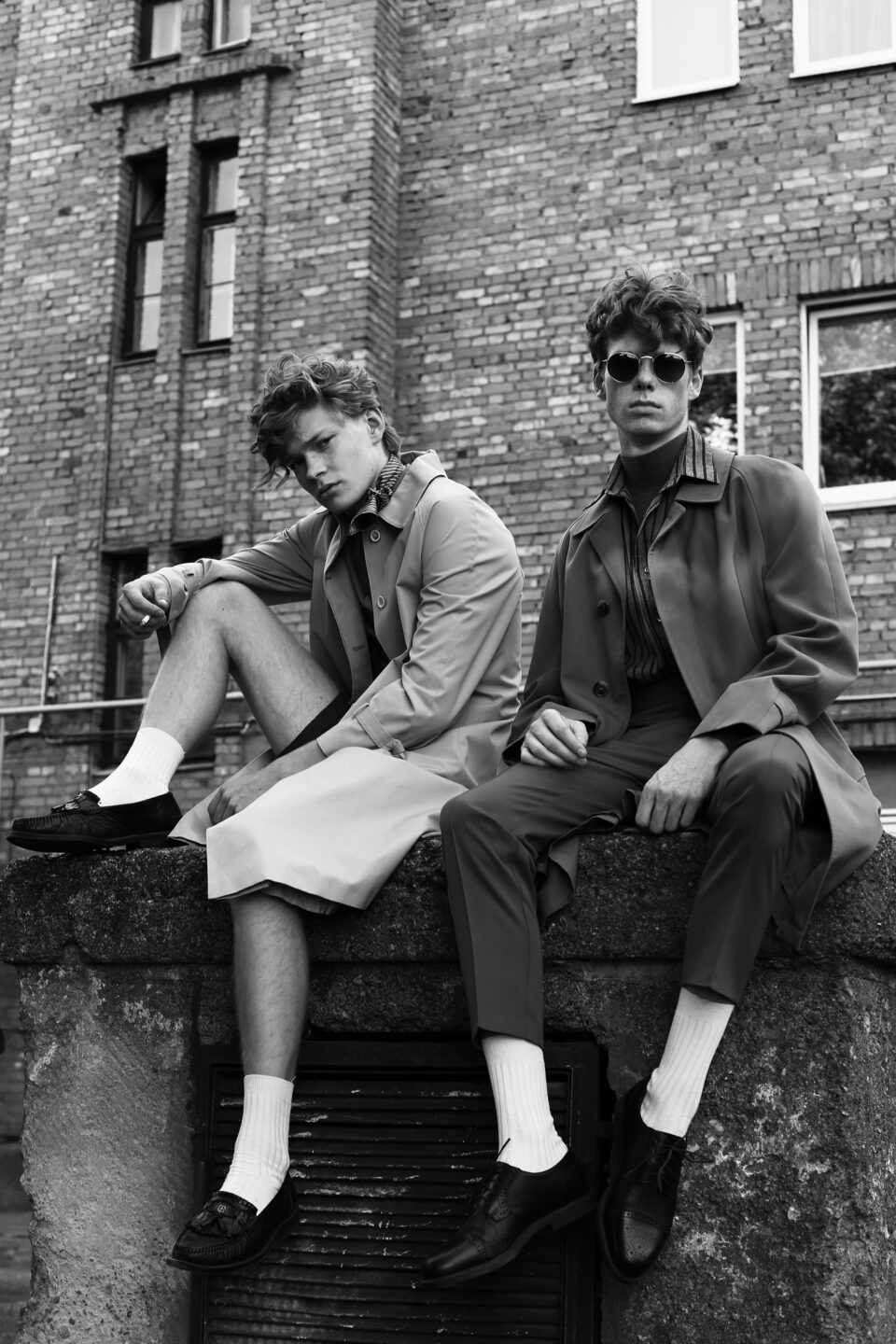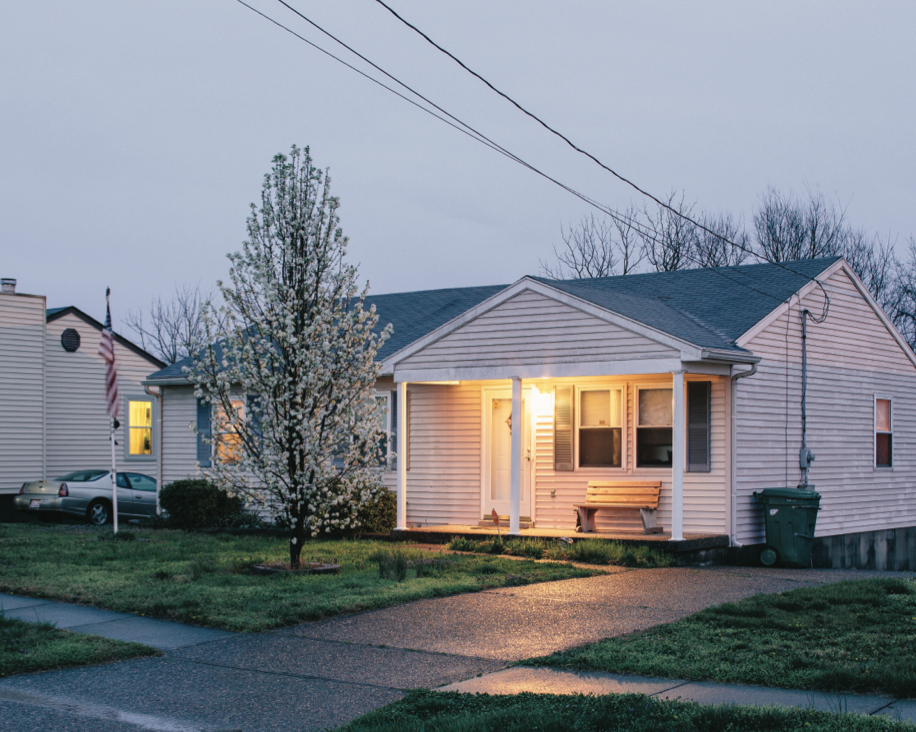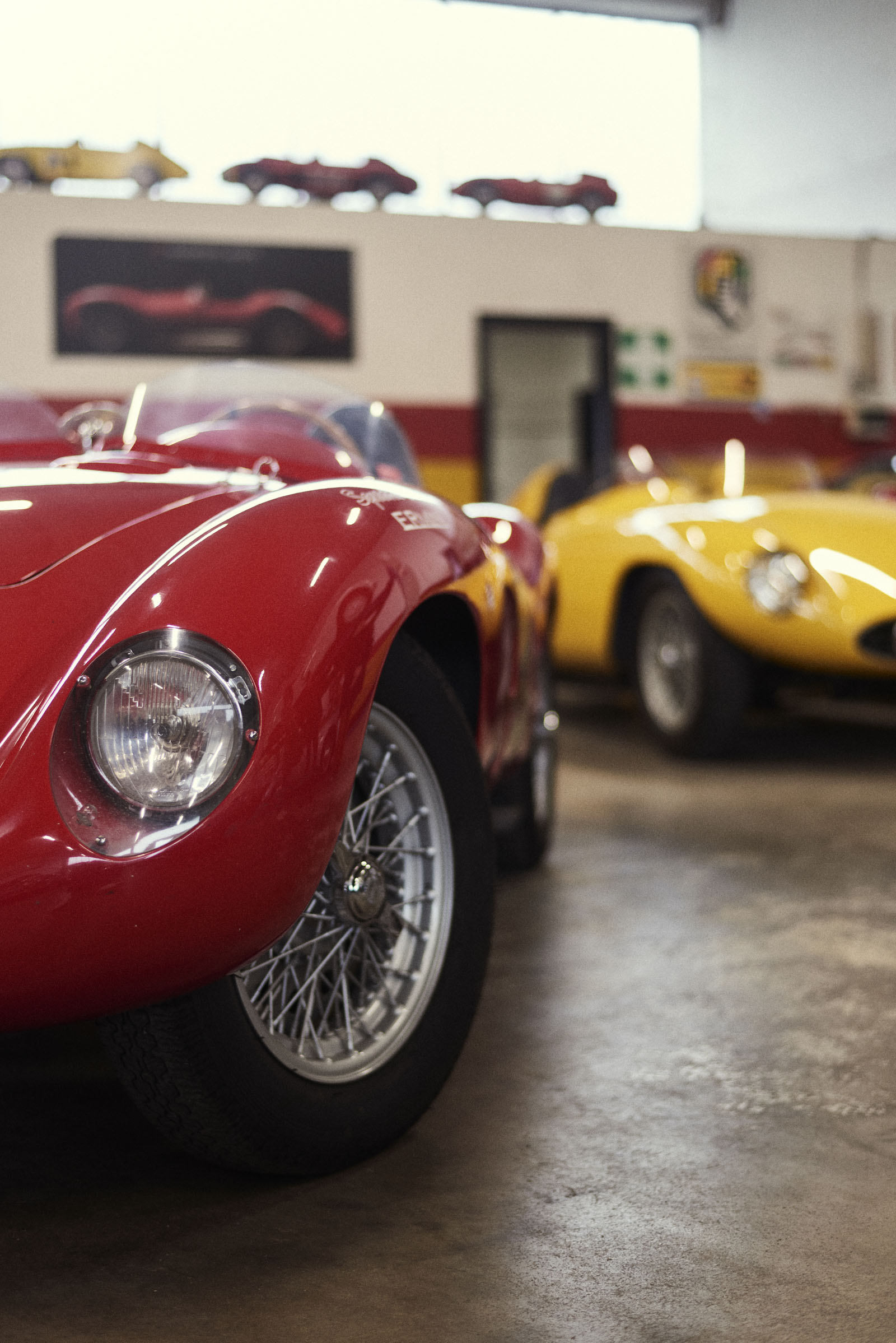Head Trip
RINUS VAN DE VELDE
He’s only 35 years old, but this Belgian artist is considered a worldwide phenomenon; starting from his first exhibition back in 2005, which already had a title that sounds like a manifesto: “Existenzmaximum”.
Head Trip

Rinus’ goal is to literally identify himself with reality to depict it from the inside analyzing every aspect, even the ones that seem unimportant. His visual technique − which stands between drawing and photography − seizes the life in the moment, and it unfolds an instant full of life. He doesn’t have a common connection with the life he pictures, tihs sometimes without living it, as he does with the journey. Antwerp resident since forever, Rinus is a deskbound artist who doesn’t like traveling, even if most of his works describe journeys and far away lands. Every aspect of Mr. Van De Velte’s art is described from an astonishing and unexpected point of view.
We had the occasion to have a talk with him, and get to know well his ability to travel without moving.
□ What’s the link between art and reality?
I’ll quote Picasso, who describes my mind in two statements. ‘Art is a lie that makes us realize truth, at least the truth that is given us to understand’ and ‘Everything you can imagine is real.’ For me, my work is a huge lie. A fake memoir, an experiment to live different lives that allow me to question myself about certain issues. In my studio, sets are real and as a consequence stories become real too: my drawings turn into entities which bring fiction and reality to the limit.
□ Nowadays do you consider authenticity a lost or an overrated value?
I don’t usually make generalizations or statements about the current reality. But the theme of authenticity is very close to me: that’s why it reappears with frequency starting from my early works. I’m fascinated by the idea of analyzing what’s the exact meaning of authenticity, if it really exists and where you can find it. I own it to my education and I think it’s the real focus of art: trying to understand what’s the meaning of being an artist.





I consider myself a deskbound artist. Reading a book (biographies, sometimes novels or scientific texts), watching a movie, drawing, wandering around my studio or surfing the internet with Google Images: those are the places where I find my inspirations. For me, traveling around the world isn’t one of those.
□ Travelling without moving. Did you make a virtue out of necessity or it was a conscious artistic choice?
I consider myself a deskbound artist. Reading a book (biographies, sometimes novels or scientific texts), watching a movie, drawing, wandering around my studio or surfing the internet with Google Images: those are the places where I find my inspirations. For me, traveling around the world isn’t one of those. When I was 13, my parents took me to the Grand Canyon but I stayed in the car the whole time. I already had my idea of Grand Canyon and it came from movies, photographs or David Hockney’s pictures. I’ve never found thrilling to look at something with my own eyes. I prefer contextualized images because I think they’re a starting point to begin something new.
□ Gianni Vattimo, an Italian well-known philosopher, once said “imagine you’re wandering around the city at 3am standing under the red light. You’re a fool, or you’re Kant”. To travel means that everything can lead you to know something new, even if you’re under the red light not far from your home. Do you agree?
That’s exactly my point! There are lots of different ways to travel and my favorites are head trips for sure.
□ I imagine your work requires travelling. How do you feel in that moments?
It’s difficult to explain what I feel. The only thing I can say is that when I have to travel a lot and I see beautiful exhibitions and I have the opportunity to meet such interesting people… I really miss my studio.




□ How did you become the main character of your works?
Frankly, I’ve been in my works since the very first one. I pictured myself in my drawings, the ones which inspired my paintings. A couple of years later, I was working on a painting series of Bobby Fisher and I noticed the similarity between me and him. So I had the idea of taking myself some photographs in the studio and I used these pictures as an inspiration for my paintings. I really like to take control of both lighting and composition, and I think it is really interesting that my body became the main subject of my paintings since then.
□ You’re still so young. What’s the next artsy travel?
That’s a pretty difficult question. If I knew what will happen in 10 years, I would have already done it. I firmly believe in ideas and techniques development step by step. Reaching the bottom of the ideas and not bouncing from one gist to another. Regarding the future, I hope to exhibit all over the world: that’s the thing that makes me happy.
□ What’s the most representative painting of yourself right now?
I don’t think any of my works is about me or tells my story in a specific moment. Every painting describes what’s interesting to me or an inner world in which I can see myself. I like to think about my work as a complex, not a mix of single ones.
□ Is your art more political or existential?
Neither of those things. My work isn’t political nor a reflection about existence. My art is connected with both, but that’s not the aim.
□ Arts allow people to imagine and travel. What’s the trip you’ve planned for them in your works?
Well, best case scenario, I want people to catch a brief glimpse of my world and to share my dreams, which I think are common ones. ■






